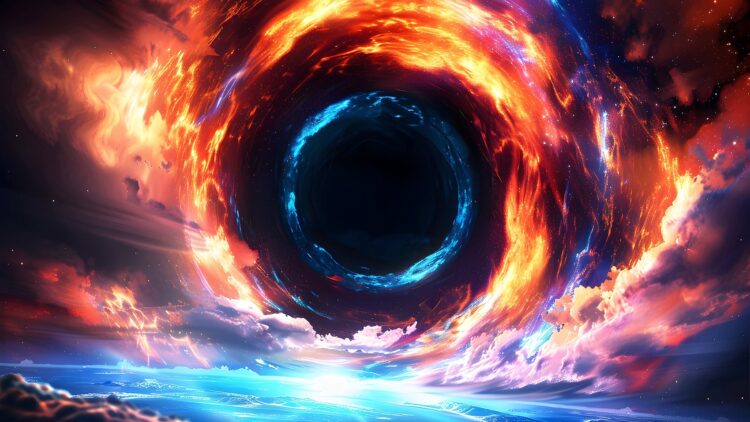In recent years, scientific discoveries have hinted at the intriguing possibility of a fifth dimension, pushing the boundaries of our understanding of the universe. A newly published study has introduced a particle that might serve as a portal to this elusive realm, potentially shedding light on the mysterious nature of dark matter. As researchers explore the cosmos further, they are uncovering theories that could fundamentally alter our perception of reality.
Exploring the fifth dimension: Unraveling the mysteries of dark matter
The study, published in The European Physical Journal C., suggests that a specific particle could connect our known universe with the fifth dimension. Despite the challenges of directly observing dark matter, which is theorized to constitute a huge portion of the universe’s mass, the research team has been developing equations to illustrate how an additional dimension could influence our reality.
According to the study’s authors—Adrian Carmona, Javier Castellano Ruiz, and Matthias Neubert—they initially set out to “explain the possible origin of fermion (particle) masses in theories with a warped extra dimension,” but their focus shifted slightly as they explored the equations.
“We found that the new scalar field had an interesting, nontrivial behavior along the extra dimension,” the team explains. “If this heavy particle exists, it would necessarily connect the visible matter that we know and that we have studied in detail with the constituents of dark matter, assuming the dark matter is composed out of fundamental fermions, which live in the extra dimension.”
As such, they identified this particle as “a possible new messenger to the dark sector.”
Fifth dimension: How one particle could deepen our understanding of the universe
The challenge of detecting a potentially revolutionary particle mirrors the path taken by the Higgs boson, an elementary particle proposed in 1964 but only discovered in 2012. This particle may be too massive for current particle colliders to detect, yet researchers remain optimistic. They believe that this particle could drastically impact the universe’s cosmological history and might produce gravitational waves detectable by future gravitational-wave detectors.
The idea of a fifth dimension isn’t entirely new. It has been the subject of speculation for many years. Recent investigations into dark matter have given rise to the concept of a “warped extra dimension.”
This theoretical framework posits that fermions might shift into this fifth dimension, resembling dark matter relics.
Given that dark matter cannot be directly observed, its existence is inferred from its gravitational effects. In essence, its detection depends on understanding how its gravitational force influences other matter, providing indirect evidence of its role in the universe.
If a fifth dimension exists, does it pose a threat?
This investigation builds upon the Randall-Sundrum model, which utilizes warped geometry to explore the possible existence of extra dimensions. While speculative, this theory proposes that the properties of dark matter might be clarified if certain fermions exist in an alternate dimension before interacting with ours.
However, while the idea of threats from a fifth dimension may seem like science fiction, the reality is far less alarming. To date, scientists haven’t found direct evidence for such phenomena. Additional theoretical work is necessary before reaching definitive conclusions.
Nonetheless, exploring dark matter and the prospective fifth dimension represents a great advancement in our understanding of the cosmos. This research could eventually yield transformative insights into the fundamental nature of reality.
Researchers are getting closer to understanding dark matter, but much remains unknown about our reality. The existence of a portal to the fifth dimension is still in question. Nevertheless, the pursuit of knowledge drives humankind to potentially reshape our knowledge of space—and existence itself.

